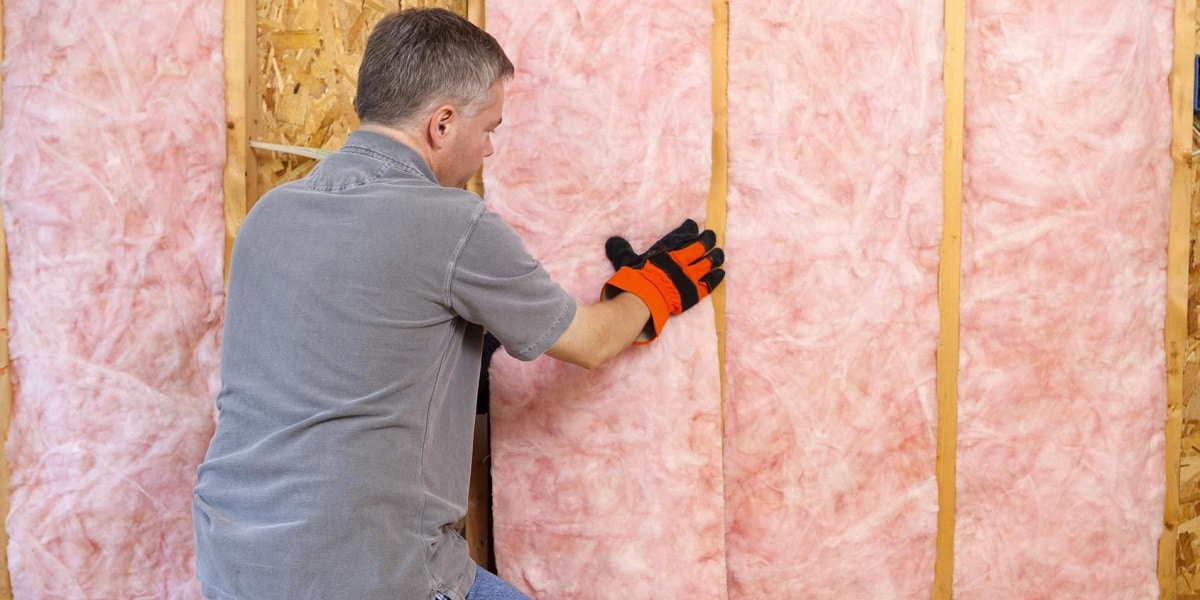
In this day and age, many people are interested in saving as much money as they possibly can. This trend is particularly evident when it comes to homeowners who want to make their homes more energy-efficient.
Many of these people have discovered the benefits of having a home insulated with spray foam insulation. Because there are so many different types of insulation materials on the market, it can be difficult to decide which one is best for your project.
Also, the costs for utilities like heat and air conditioning will be lower when the temperature in the home is regulated by effective insulation. Thus, insulation can be thought of as an investment that will pay off over time. This article will discuss some of the most popular insulation materials on the market and what sets them apart.
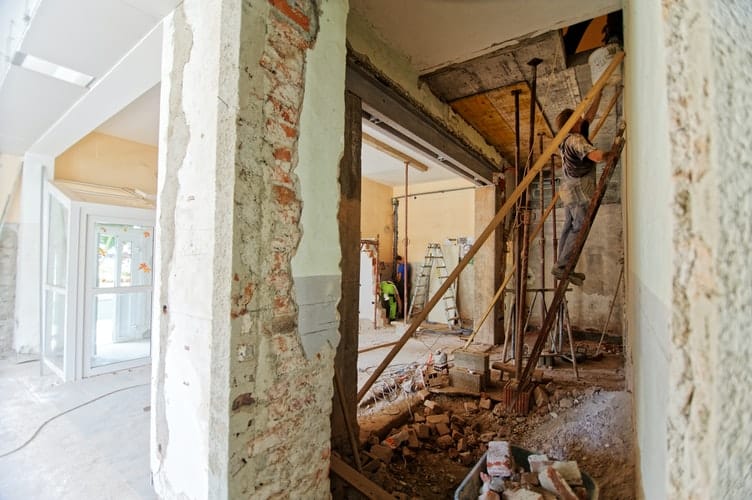
Spray Foam Insulation
The use of spray foam insulation is increasing in popularity. This type of insulation is also moisture resistant and durable enough to withstand water damage from flooding or a leaking roof. This is critical to ensuring that your HVAC system is running efficiently and effectively because hot or cold air does not escape from the home. The new spray foam technology of which you may learn more at ahlbrandt.com has been approved by the International Building Code.
It can be used on both new construction or existing homes with no need for removal or major reconstruction. In addition, most people will not be able to tell that there has been any work done after installation is complete because it looks virtually invisible when applied professionally. Finally, spray foam provides superior thermal resistance; it keeps homes warm in the winter months and cools in the summer months.
Loose-Fill Insulation
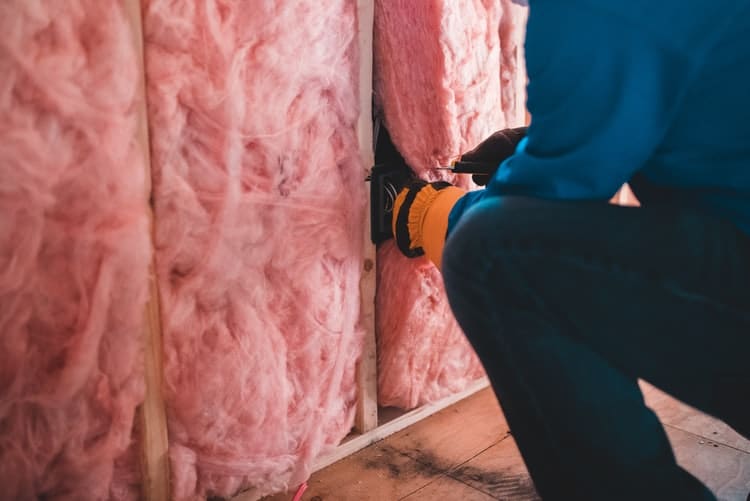
This type of insulation is made up of small fibers that are blown into the building cavity (ceilings, walls, etc.) by the use of a machine. It is considered to be an effective form of insulation because it fills gaps and cracks that might otherwise allow hot or cold air to escape the home. Some homeowners like this type of insulation because it can be installed in areas where spray foam would not work (such as around electrical wires).
Loose-Fill insulation offers all the same benefits as spray foam; however, it has another added benefit that makes it sometimes preferable for homeowners – affordability. Because loose-fill insulation can often cost just pennies per square foot, many people find that this material is perfect for savings on energy bills.
Fiberglass Insulation
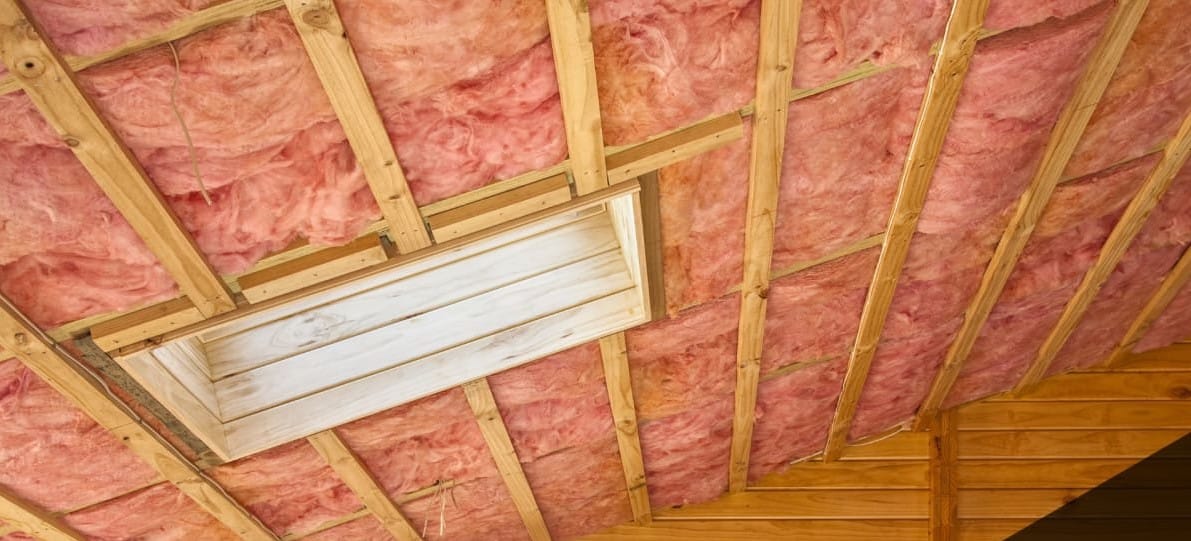
This is the most commonly used type of insulation on the market today, and it is likely due to its affordability. A majority of homes have fiberglass insulation in their walls, attics, etc.; however, many people are beginning to learn about the detriments associated with fiberglass insulation. For one thing, this type of insulation has been known to cause respiratory issues among some homeowners.
Also, over time it can sag inside building cavities which can compromise thermal resistance abilities. Although fiberglass insulation might be cost-effective initially, it may end up costing you more money in the long run. It may result in many health problems that you or your family may experience as a result of exposure to high levels of particulate matter.
Cellulose Insulation
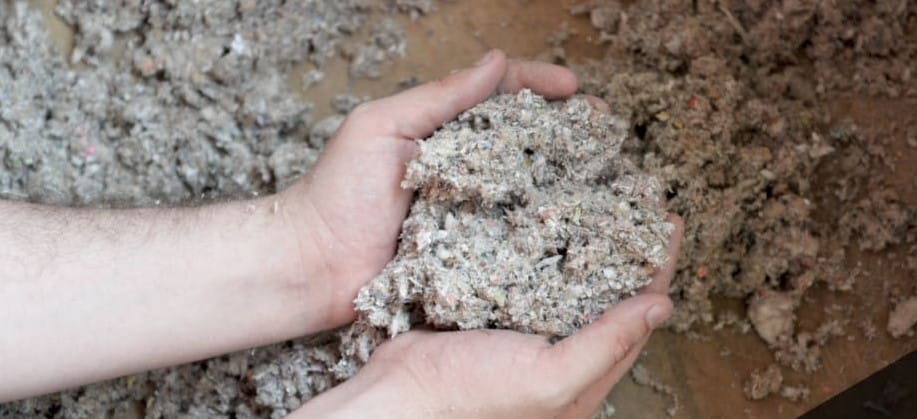
Similar to loose-fill insulation, cellulose insulation is made from recycled materials such as paper and cardboard. Because it offers thermal resistance properties that are similar to those of spray foam, many homeowners like the idea of using this type of insulation in their homes. What makes cellulose different from other types of insulation is its ability to absorb sound; virtually any kind of noise will be greatly reduced once you have cellulose installed inside your home or office building.
This can be a valuable asset for people who live near busy streets or airports, especially if they work from home. Like spray foam and loose-fill insulation, cellulose has another added benefit – affordability (although not quite as cost-effective as the latter).
Rock Wool Insulation
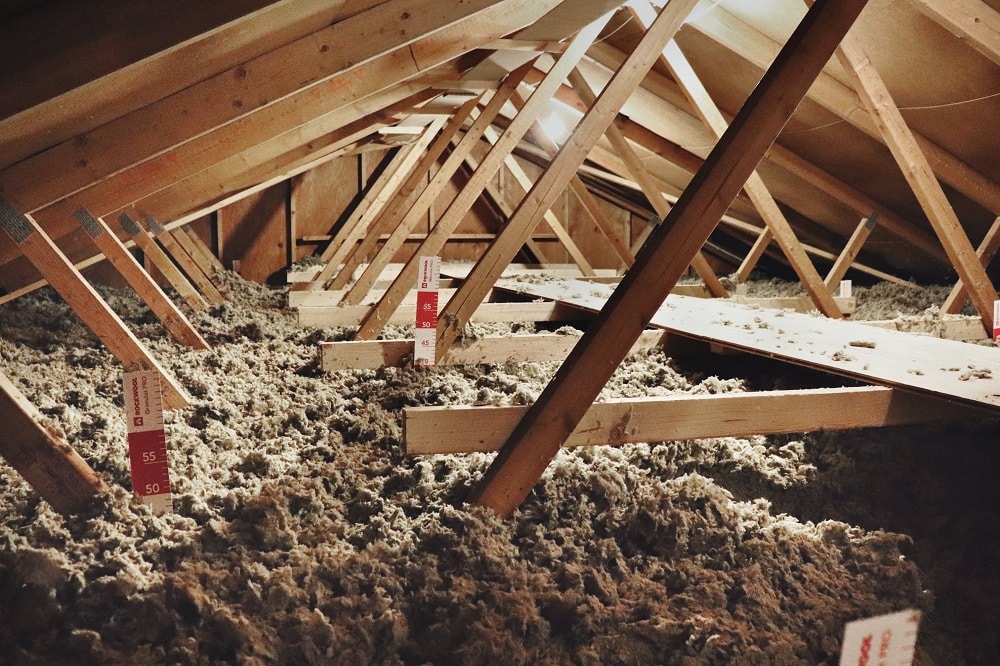
This is another type of insulation that has become very popular in the last decade because it is environmentally friendly and offers superior thermal resistance properties. This type of insulation is made up of basaltic rock that has been melted into fibers, which are then spun into yarns. In addition to being a sustainable material, it can also be used as an alternative to fiberglass insulation because its particles do not cause respiratory problems for those who install or those who live with this form of insulation in their homes.
Installation costs tend to run higher than average because the material needs to be covered with a fire-resistant barrier before it can be installed in homes. Also, rock wool is prone to having air pockets form around its fibers. This means that thermal resistance properties are compromised in buildings that have poorly installed rock wool insulation.
In conclusion, there are many different kinds of insulation materials on the market today and it can be difficult for homeowners to figure out which one is right for their project. The good news is that all five of these insulation types will work well in most applications. After reading this article, you should have a better idea of what insulating material will be a perfect fit for your next project.










